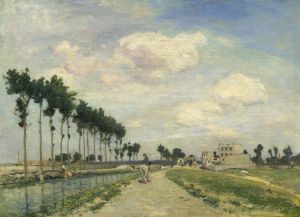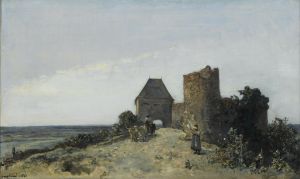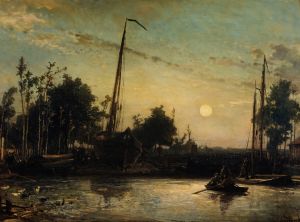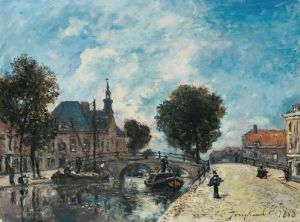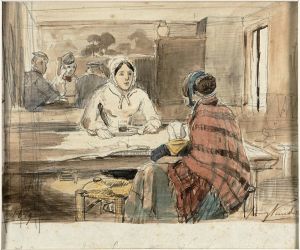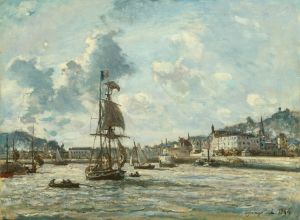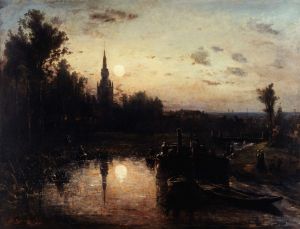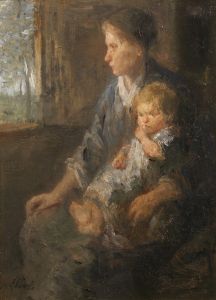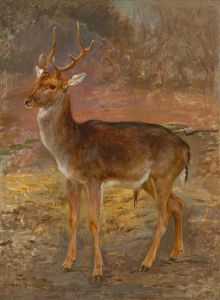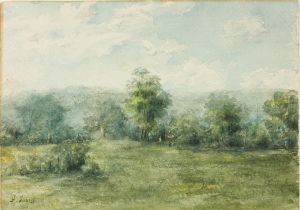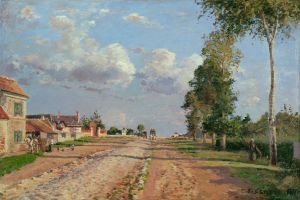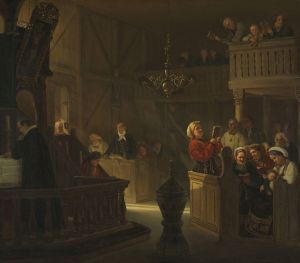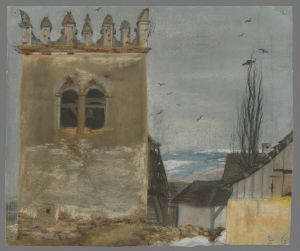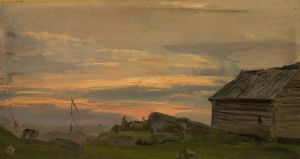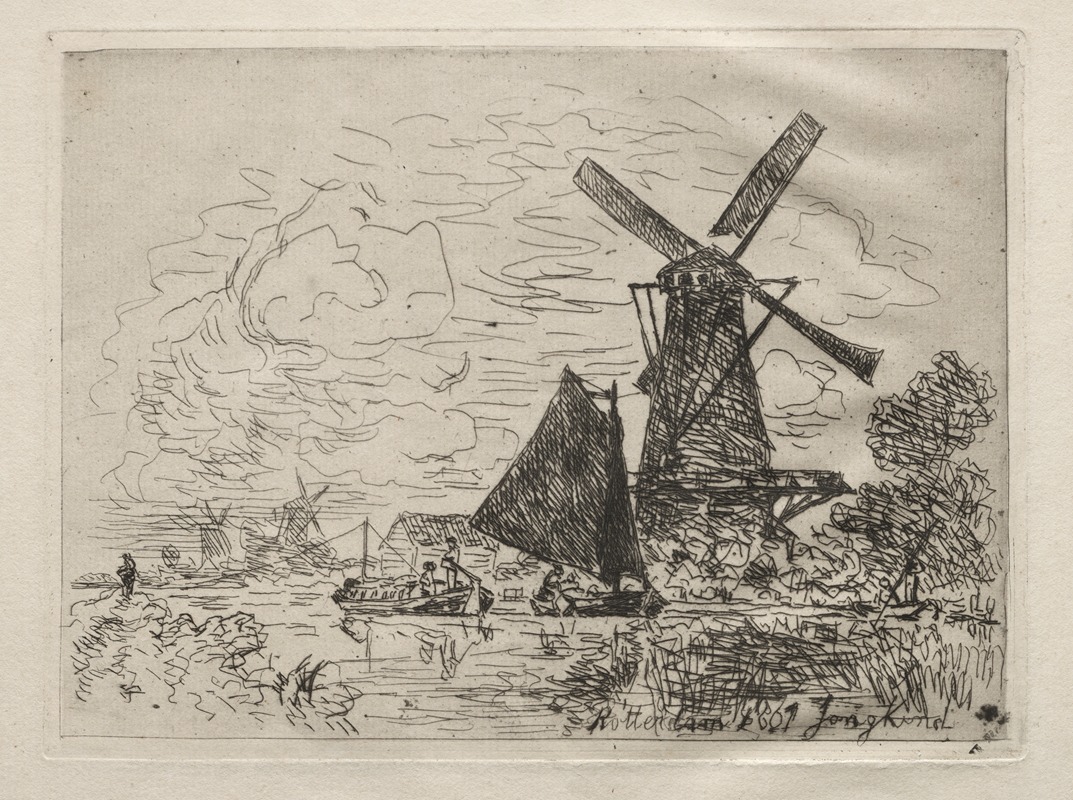
Windmills in Holland
A hand-painted replica of Johan Barthold Jongkind’s masterpiece Windmills in Holland, meticulously crafted by professional artists to capture the true essence of the original. Each piece is created with museum-quality canvas and rare mineral pigments, carefully painted by experienced artists with delicate brushstrokes and rich, layered colors to perfectly recreate the texture of the original artwork. Unlike machine-printed reproductions, this hand-painted version brings the painting to life, infused with the artist’s emotions and skill in every stroke. Whether for personal collection or home decoration, it instantly elevates the artistic atmosphere of any space.
Johan Barthold Jongkind was a Dutch painter known for his significant contributions to the development of Impressionism. Born on June 3, 1819, in the Netherlands, Jongkind spent much of his career in France, where he became associated with the Barbizon School and later influenced the Impressionist movement. His work is characterized by its innovative use of light and color, as well as its focus on landscapes and marine scenes.
One of Jongkind's notable works is "Windmills in Holland," which exemplifies his ability to capture the serene and picturesque landscapes of his homeland. Although specific details about the painting's creation and current location are not widely documented, it is known that Jongkind often depicted scenes from the Netherlands, particularly those featuring windmills, canals, and the unique Dutch light.
Jongkind's technique involved painting en plein air, or outdoors, which allowed him to observe and render the natural effects of light and atmosphere directly onto the canvas. This approach was relatively novel at the time and laid the groundwork for the Impressionists, who would further explore these themes. In "Windmills in Holland," Jongkind's brushwork is likely to be loose and fluid, capturing the movement of clouds and the reflection of light on water, elements that are commonly found in his other works.
The subject of windmills is a recurring theme in Dutch art, symbolizing the country's relationship with water management and its iconic landscape. Jongkind's depiction of windmills would have resonated with both Dutch and international audiences, offering a glimpse into the quintessential scenery of the Netherlands. His ability to convey the mood and atmosphere of a scene was highly regarded, and his works often evoke a sense of tranquility and nostalgia.
Jongkind's influence on the Impressionists, particularly Claude Monet, is well-documented. Monet himself acknowledged Jongkind's impact on his approach to painting, particularly in terms of capturing light and color. Jongkind's works, including "Windmills in Holland," are seen as a bridge between the more traditional landscape painting of the 19th century and the innovative techniques that defined Impressionism.
While "Windmills in Holland" may not be as widely recognized as some of Jongkind's other works, it remains an important piece within his oeuvre, showcasing his mastery of landscape painting and his contribution to the evolution of modern art. Jongkind continued to paint until his death on February 9, 1891, leaving behind a legacy that continues to be celebrated in art history. His works are held in various collections around the world, and his influence is acknowledged in the continued appreciation of landscape painting and Impressionism.





